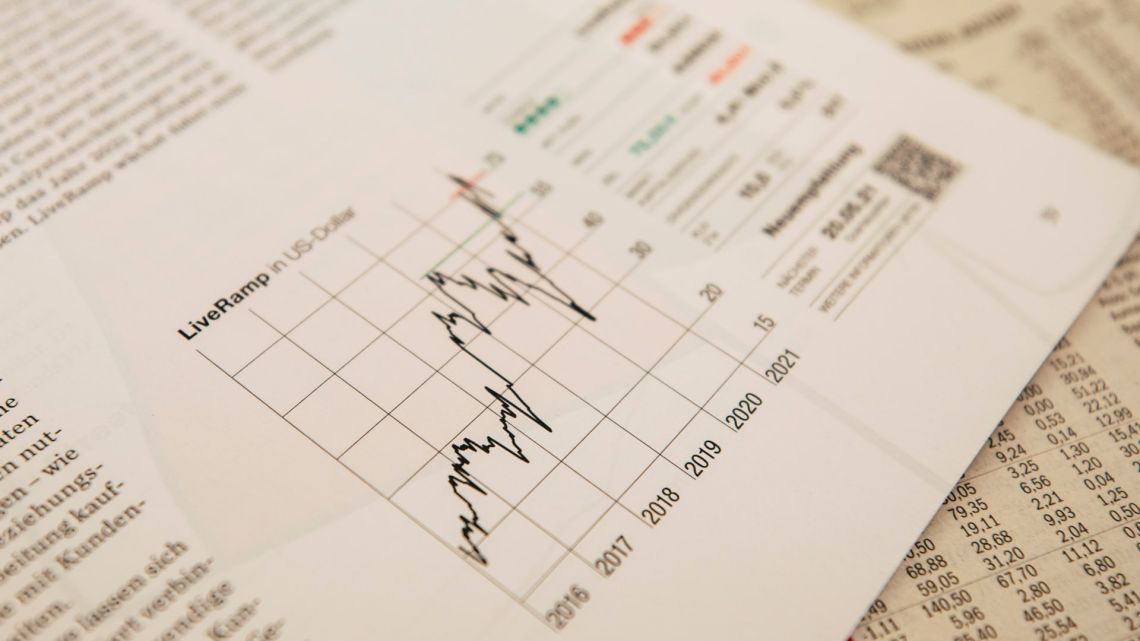
According to a new report from Bank of America, participants in retirement plans are diligently saving for their futures. However, the current economic climate may have compelled some investors to prematurely withdraw funds from their retirement accounts.
In the third quarter, more than 18,000 plan participants opted for hardship distributions. This represents a notable 13% increase from the previous quarter and a substantial 27% rise since the first quarter. The average amount withdrawn during this period was $5,070, consistent with previous quarters.
While these numbers have seen an uptick, it is important to note that hardship distributions only make up a small percentage—specifically, 0.59%—of all plan participants. Lisa Margeson, Managing Director of Retirement Research and Insight at Bank of America, highlights this fact.
Bank of America does not inquire about the reasons behind these distributions. However, Margeson suggests that factors such as the current state of the market and economy might contribute to this trend. Additionally, participants may be seeking funds for purposes like purchasing a principal residence. Nevertheless, Margeson emphasizes the paramount importance of educating individuals about the long-term implications of dipping into retirement savings.
Withdrawing from workplace retirement plans typically involves adhering to specific rules. Generally, participants must reach the age of 59½ to withdraw penalty-free unless they are 55 years old and no longer employed by the sponsoring company. Employer-sponsored plans, such as 401(k)s, can prove exceedingly beneficial in retirement—but only if individuals consistently contribute and allow their assets to grow over time.
In conclusion, while some participants encounter financial difficulties that prompt them to make hardship distributions, it is crucial to remember the significance of prioritizing future financial stability through sound retirement planning.
Hardship Distributions and Retirement Account Loans
In response to an immediate and heavy financial need, the Internal Revenue Service (IRS) allows individuals to take hardship distributions from their retirement accounts. These distributions are limited to the amount necessary to address the financial need and differ from plan loans, which can be paid back with interest.
Retirement Account Loans
According to Bank of America, the number of participants borrowing from their workplace plan remained consistent in the second and third quarters of 2023. However, there was a 1.9% increase between the first and third quarters. The average loan per participant during this period was $8,530, similar to the previous two quarters. Interestingly, Generation X (those born between 1965 and 1980) had the highest percentage of outstanding loans.
During the second and third quarters, the average contribution rate was steady at around 6.5%, with an average amount of $1,430. Bank of America also noted that more participants increased their contribution rate instead of decreasing it.
While many participants followed these best practices, not all were confident in their financial security. After answering questions about their current financial activities, the average financial wellness score dropped from 57 at the end of last year to 55 out of 100 points.
Remember, it's not just about the number itself but also about making positive changes to increase your score. Take action today to improve your financial situation and move in the right direction.













Write Your Comment